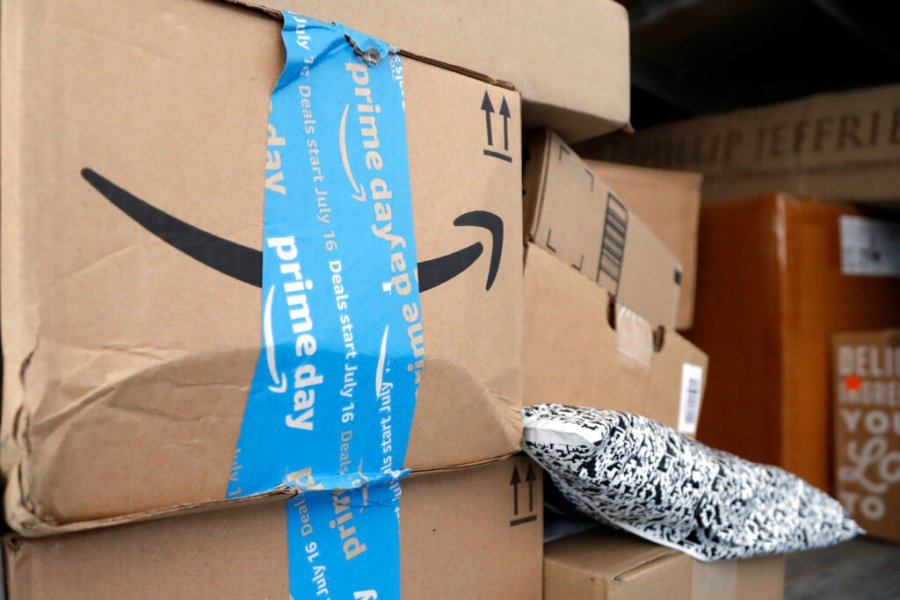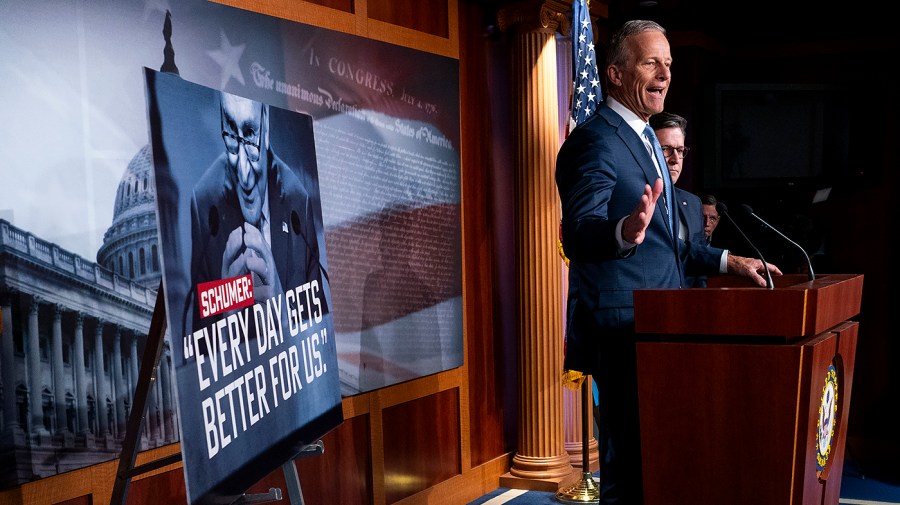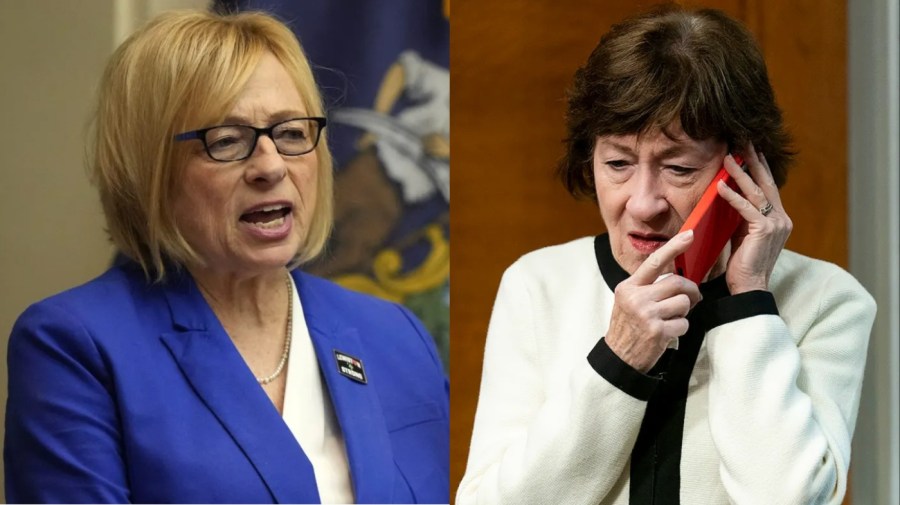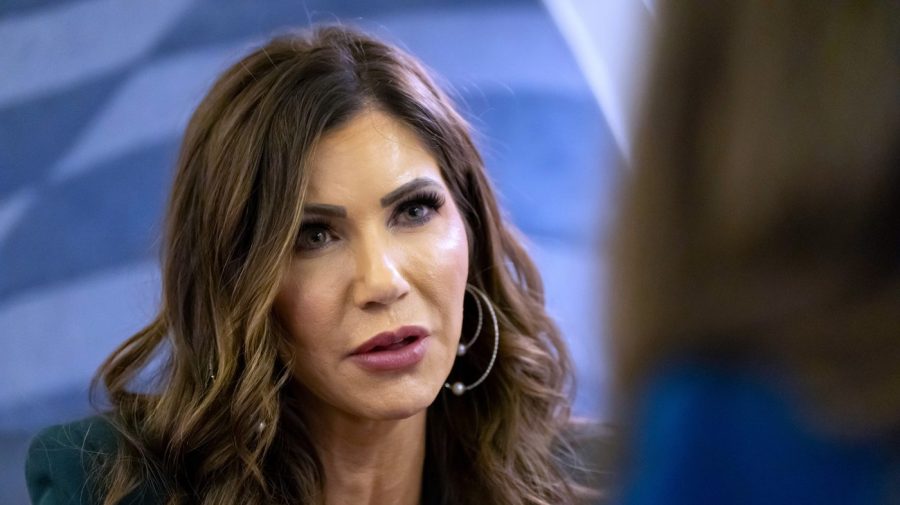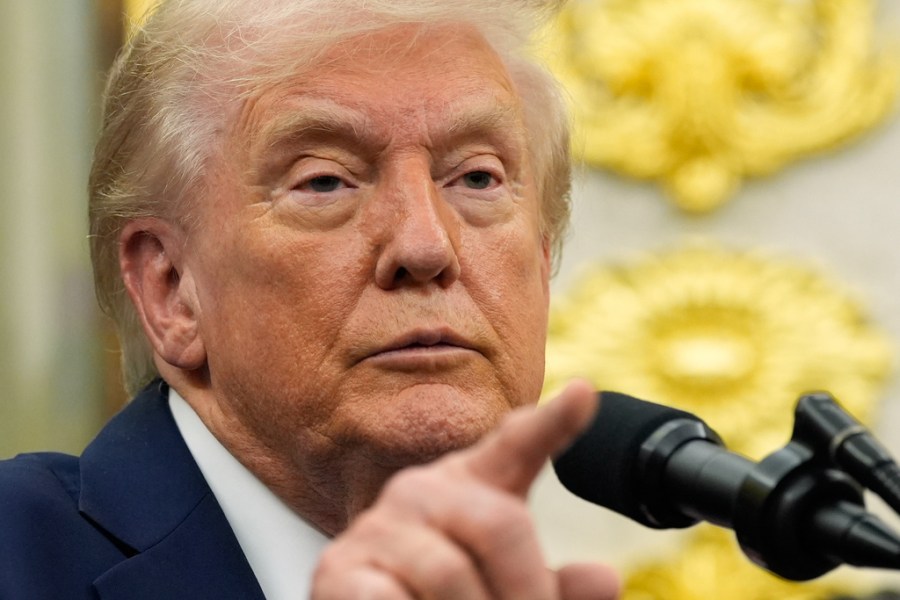
(Nexstar) – Two people are suing Amazon, accusing the retail giant of advertising “fake sales” and misleading consumers during the company’s popular “Prime Day” events.
Amazon calls Prime Day a chance for members to get “some great deals from top brands,” but the lawsuit alleges that these deals aren’t always what they seem.
During multi-day shopping events, certain items are displayed on the Amazon website with a red “Prime Day Deal” tag, along with a purported percentage discount on the price that is cut off.
trialThe lawsuit, filed in a Washington state court, claims Amazon calculates large discounts by subtracting from an inflated list price, pointing to a pair of Shox Ear Buds as an example of a “fictitious” list price.
“For example, although the images…provide a ‘list price’ of $179.95, that price is not Amazon’s list price for the headphones depicted 90 days or more before the alleged Prime Day deal,” the suit reads. “Instead, the ‘list price’ on Amazon has always been much lower than $179.95, ranging from $130 to $160.”
In another example, according to the lawsuit, a children’s tablet listed for 40% off at $119.99 in a Prime Day deal ($72.28) was actually sold for between $50 and $85 in the 90 days before the sale.
The plaintiffs, one from California and the other from Maryland, are accusing Amazon of “wooing” shoppers who “might have shopped around for better prices or waited to purchase items at a better price.”
An Amazon spokesperson declined to comment on the lawsuit when contacted by Nexstar.
Amazon settles with FTC for $2.5B
The lawsuit follows Amazon’s $2.5 billion settlement agree to do In September, the Federal Trade Commission accused the company of tricking customers into signing up for Prime memberships and making it difficult for them to cancel.
At the center of the matter is the Restore Online Shoppers’ Confidence Act, a 2010 law designed to ensure that people know what they are being charged online.
Amazon offers Prime customers perks that include fast shipping, video streaming, and discounts at Whole Foods for a fee of $139 annually or $14.99 per month.
It is an important and growing part of Amazon’s business, with over 200 million members. In its latest financial report, the companyReported in JulyIt recorded net revenues of more than $12 billion for subscription services, an increase of 12% from the same period last year. That figure includes the annual and monthly fees associated with Prime membership, as well as other subscription services like its music and e-books platforms.
The FTC said Amazon intentionally made it difficult for customers to purchase an item without a Prime membership. The agency said that in some cases, consumers were presented a button to complete their transactions — which did not explicitly state that it would also enroll them in Prime.
According to the FTC’s complaint, opting out of subscriptions was often too complicated, and Amazon leadership slowed or rejected changes that would have made cancellation easier.
Internally, Amazon called this process the “Iliad”, a reference to the ancient Greek poem about the long siege of Troy during the Trojan War. In this process the customer will have to confirm his wish to cancel the subscription on three pages.
The FTC first began looking into Amazon’s Prime membership practices in 2021, during the Trump administration, but the lawsuit was filed in 2023 under prior.FTC Chairperson Leena KhanAn antitrust expert who was appointed by Biden.
The agency had registered the case several months before presenting the casean antitrust caseagainst the retail and technology company, accusing it of exercising monopolistic controlon online markets,
The company admitted no wrongdoing in the case, which was first filed two years ago.
The Associated Press contributed to this report.







